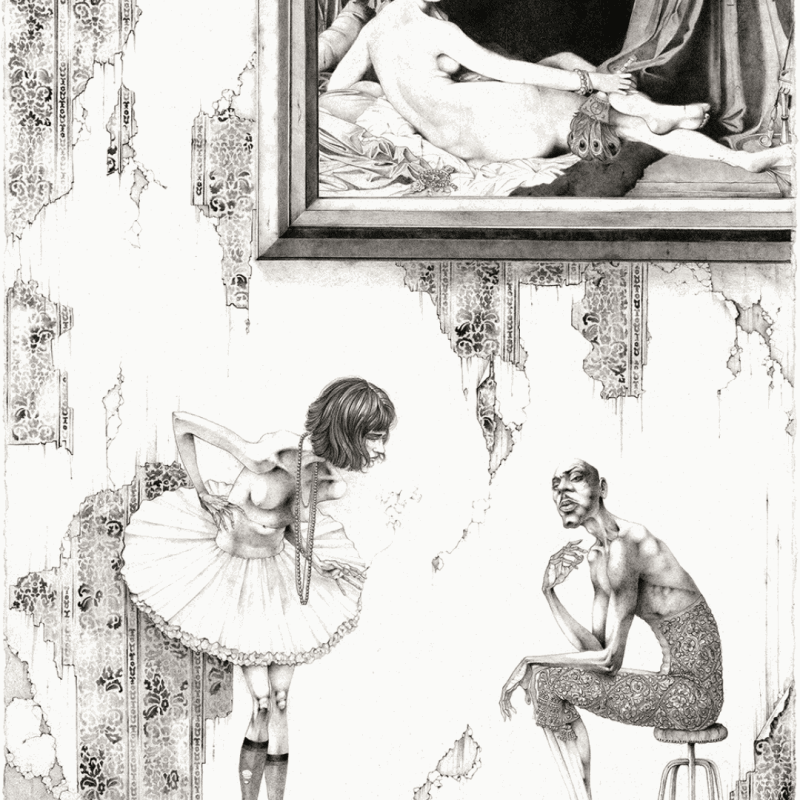The art of printmaking has a rich history that spans centuries, evolving from traditional techniques to modern methods that have revolutionized the way we create and experience art. At its core, printmaking is the process of transferring an image from one surface to another, allowing for the reproduction of multiple copies of the original artwork. This democratization of art has played a profound role in shaping the cultural landscape and making artistic expression more accessible to a wider audience.
In the early days of printmaking, techniques such as woodcut, engraving, and etching were prevalent. These traditional methods involved carving or etching an image onto a surface, which was then inked and transferred to paper or fabric. The resulting prints were often intricate and detailed, showcasing the skill and craftsmanship of the artists. Over time, these techniques evolved, and new methods like lithography and screen printing emerged, allowing for even greater artistic expression and experimentation.
One contemporary artist who exemplifies the enduring relevance of printmaking is Adolfo Arenas Alonso. Known for his intricate and detailed drawings, Adolfo produces limited edition prints, allowing more people to appreciate and own his stunning works. Represented by Eclectic Gallery, collectors can acquire both his original artworks and printed reproductions, making his art accessible to a broader audience.
The advent of technology has also significantly impacted the world of printmaking. Digital techniques, such as giclée printing and laser engraving, have opened up new possibilities for artists, enabling them to create highly detailed and vibrant prints with unprecedented precision and color accuracy. However, many artists still embrace traditional methods, valuing the tactile and hands-on nature of these processes.
Printmaking has played a pivotal role in shaping the world of art, not only by making it more accessible but also by influencing artistic movements and challenging traditional notions of what constitutes art. The printing revolution of the 15th century, with the invention of the movable-type printing press, paved the way for the dissemination of knowledge and ideas on an unprecedented scale, impacting everything from literature to science and politics.
The unique nature of printmaking lies in its ability to bridge the gap between the original artwork and its reproductions. Each print is a unique object, bearing the mark of the artist's hand and the process used to create it. This quality has made printmaking a celebrated art form, appreciated for its technical mastery and artistic expression.
As we rediscover traditional techniques in modern times, we are reminded of the enduring power of printmaking to inspire, educate, and connect us with the rich tapestry of human creativity. Whether through the bold lines of a woodcut, the delicate textures of an etching, or the vibrant hues of a digital print, the art of printmaking continues to captivate and inspire artists and audiences alike.


